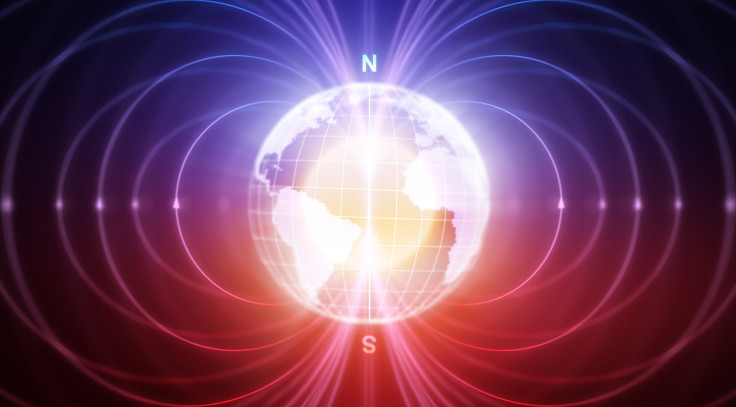Earth's magnetic poles could be about to flip - with serious consequences for humanity
Earth's magnetic field is crucial to the survival of life on our planet as it deflects damaging cosmic rays and solar winds.

The Earth's magnetic field is crucial to the survival of life on our planet as it deflects damaging cosmic rays and solar winds which would otherwise strip away the ozone layer that absorbs harmful radiation.
Over the last 20 million years, the Earth's magnetic field has flipped in polarity – or in other words, reversed between north and south – on average every 200,000 to 300,000 years.
Sometimes, the poles temporarily reverse before flipping back, as occurred around 40,000 years ago during the so-called Laschamp event. However, the last full swap took place around 780,000 years ago suggesting that we are long overdue another one, Futurism reports.
Currently, the Earth's magnetic field is showing signs of shifting, decreasing at a rate of 5% per century. This has led scientists to argue that a full reversal could be on the cards. In fact, researchers from the University of Leeds have suggested it may reverse within 2,000 years. However, the phenomenon is difficult to predict accurately.
Scientists also point to the fact that the north magnetic pole is becoming especially turbulent and unpredictable, and that magnetic metals are draining energy from the source of the Earth's field deep in the liquid core – known as the dipole.
Whenever it does occur, the reversal could have serious consequences for the human race.
As the polarity switches – a process that takes place over hundreds of years – the magnetic field would provide up to ten times less protection than it normally does, meaning more harmful radiation will reach the Earth than usual.
If enough of this radiation reached the surface, over extended periods of time, whole regions may be rendered uninhabitable.
And even a slightly weakened magnetic field could severely damage the orbiting satellites which modern society depends on, causing havoc for global communications technology, the aviation industry, GPS systems, ground-based electrical grids and other vital infrastructure.
While this may sound like a gloomy prospect, being able to recognise when the reversal will happen gives us an opportunity to prepare well in advance.
For example, satellite companies will be able to develop new, hardier satellites that can withstand extreme space weather, in addition to fitting existing satellites with extra layers of protection.
Meanwhile, authorities will need to start planning for all eventualities, which will include educating the public about the phenomenon.




















